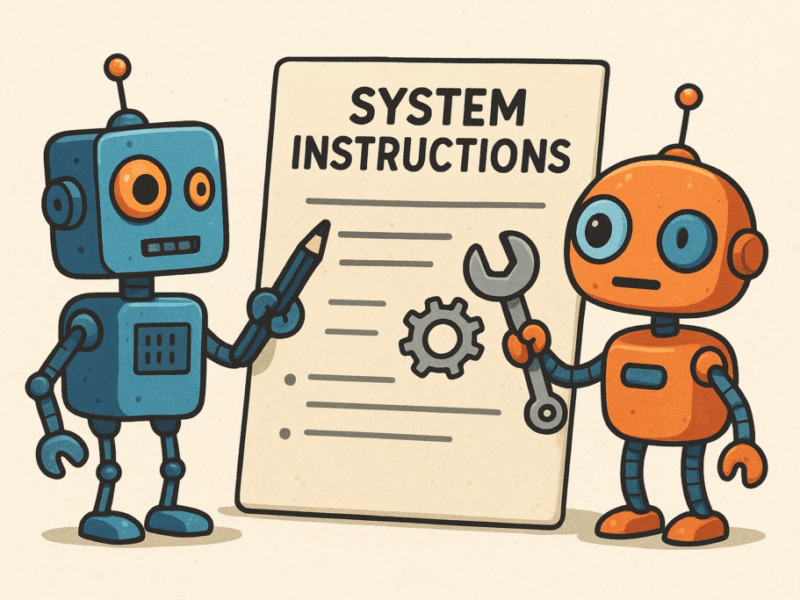In today’s fast-paced, digitally driven world, the way we consume media has transformed dramatically. What used to involve CDs, DVDs, and clunky downloads now takes just a few taps on a smartphone. Platforms like Tubidy reflect this shift, offering users an easy way to find and access music and video content on demand. The convenience, flexibility, and accessibility of such services are reshaping how we engage with entertainment in our daily lives.
From physical to digital: A rapid evolution
Not that long ago, listening to a favorite song meant purchasing a full album or tuning in to a radio station, hoping it would play. Watching a video often meant waiting for a TV broadcast or renting a disc. The digital age eliminated many of those barriers, giving rise to streaming and download services that let users control when, where, and how they access media.
Tubidy, like many modern platforms, plays a role in this evolution by making it simple to find music and videos without dealing with complicated software or subscriptions. Its minimalist interface and easy accessibility on mobile devices appeal to users who want a direct, no-fuss way to enjoy content.
The convenience factor
One of the biggest drivers of change in digital media consumption is convenience. People want fast, reliable access to the music or video they’re looking for. Waiting for long downloads or buffering videos can be frustrating, especially when you’re on the go.
This is where platforms such as Tubidy stand out. They cater to users who prefer quick, efficient access to a broad range of content, often offering options to stream or download files in various formats. Whether someone is looking to save a track for offline listening or watch a clip during their commute, these platforms make it possible with just a few clicks.
Accessibility for everyone
Another major reason for the growing popularity of media platforms like Tubidy is their accessibility. Many users live in regions with limited access to high-speed internet or expensive data plans. For these individuals, traditional streaming services that require constant connectivity can be challenging.
Tubidy and similar services offer an alternative by allowing users to download content and access it offline. This is especially important in developing countries, where digital infrastructure may not support always-on streaming. The ability to save files and enjoy them without using data makes digital media consumption more inclusive and equitable.
Supporting informal discovery
One of the joys of media consumption is discovering something new—whether it’s a song from an unfamiliar genre or a funny video clip you didn’t know existed. Platforms like Tubidy often provide users with search functions that let them explore new content easily, outside of mainstream charts or commercial algorithms.
This informal discovery process supports a more diverse media environment. Users aren’t limited to what’s being promoted by major record labels or pushed on curated playlists. They can find remixes, indie artists, local music, or niche video content that might not appear elsewhere.
The rise of mobile-first consumption
We live in a mobile-first world. Most people now use their phones as their primary device for accessing the internet, especially for entertainment. This trend has significantly influenced how digital media is designed and delivered.
Tubidy aligns with this shift by being optimized for mobile use. No bulky apps, no complicated installations—just a web-based interface that works across devices. The simplicity of the experience means users don’t have to navigate multiple menus or commit to subscriptions. This mobile-friendly design reflects a growing preference for lean, user-centered digital solutions.
Legal and ethical considerations
With any content platform, especially those offering downloads, legal and ethical considerations come into play. While users enjoy the freedom of downloading and sharing media, it’s important to consider copyright laws and content licensing.
Platforms like Tubidy operate in a gray area for many people. Users need to be aware of where the content is sourced and whether it’s being used in a way that respects creators’ rights. Ethical content consumption isn’t just about convenience—it’s also about ensuring that the people who create music and videos are supported and credited appropriately.
The broader impact on the music and video industries
Platforms that offer free and easy access to media are not just changing user behavior—they’re influencing the entire entertainment industry. Artists and producers are increasingly aware that their content may be accessed through alternative channels outside of traditional distribution models.
This reality forces creators and rights holders to adapt. While some may view platforms like Tubidy as a threat to revenue, others see it as an opportunity to reach wider audiences, especially in regions where paid services are less popular. The changing landscape encourages new models for monetization, fan engagement, and digital distribution.
Final thoughts
The rise of platforms like Tubidy highlights how much our relationship with media has evolved. We no longer rely on physical products or scheduled broadcasts—we want access, flexibility, and control. Whether it’s through music downloads or on-the-go video streaming, users are driving demand for services that meet their needs with speed and simplicity.
At the same time, this shift raises important questions about digital ethics, access equity, and the sustainability of content creation. As the media world continues to evolve, platforms like Tubidy serve as both a reflection of current habits and a glimpse into the future of how we experience music and video content.

